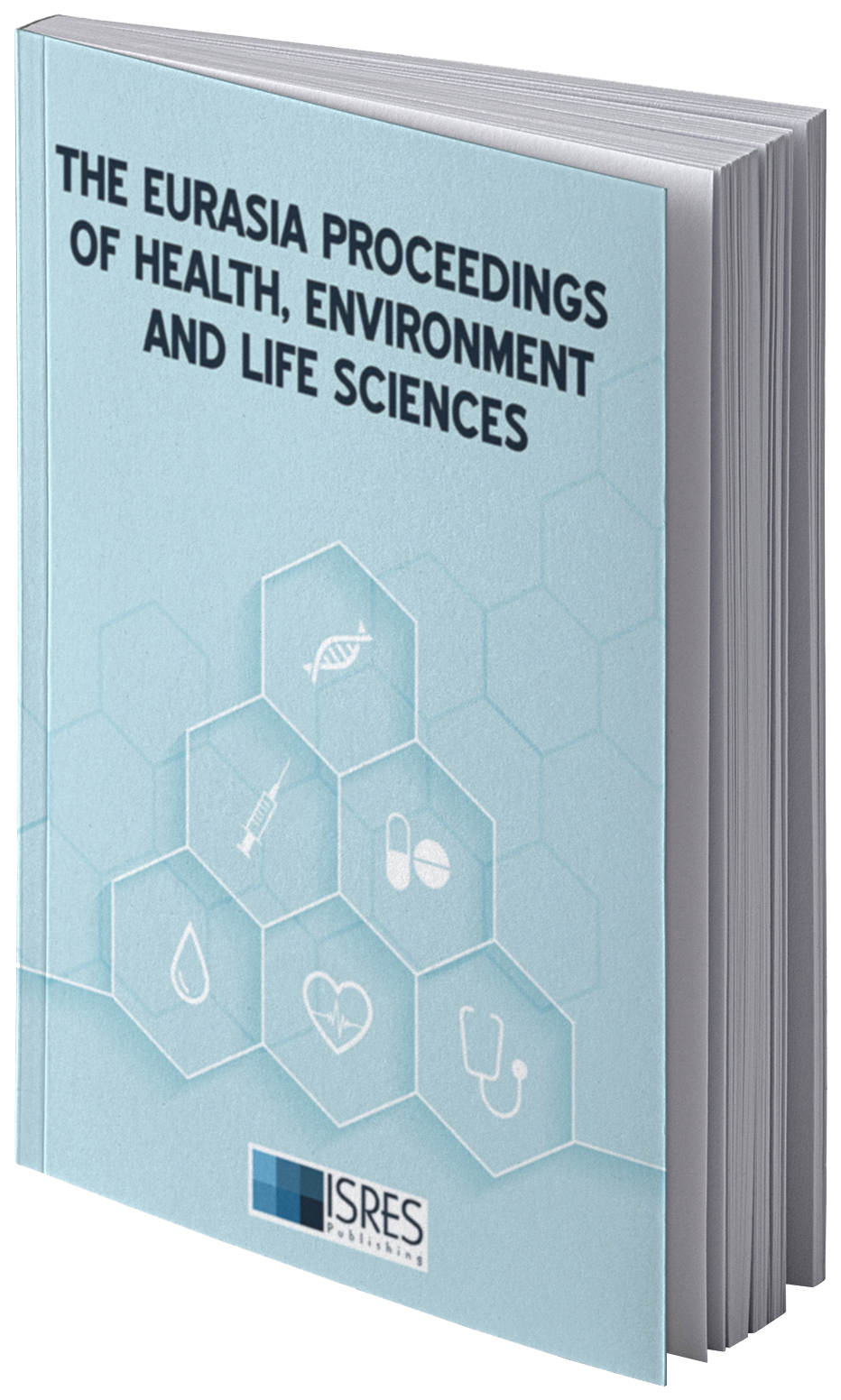Peptide Analysis of Protein Extracts from Caulerpa Lentillifera by Nano LC-ESI-Ms/Ms and Their Potential as Precursor of Biologically Active Peptides – In Silico Approach
DOI:
https://doi.org/10.55549/ephels.111Abstract
Peptidomics research is gradually positioning in food science fields due to an increasing interest in peptides released from food proteins with health benefits and nutraceutical properties. Referable to the complexity of these compounds, their study requires advanced analytical techniques such as tandem mass spectrometry. Seaweed naturally has high nutritional value and many health-promoting effects. Hence, this work aimed to characterize the peptide and to virtual screening for their potential as a precursor of biologically active peptides. The total soluble protein was extracted from Caulerpa lentillifera using the phenol ammonium acetate precipitation method. In solution, digestion was carried out using trypsin on 500 µg of protein. Peptide sequencing was accomplished using nano liquid chromatography-electrospray ionization tandem mass spectrometry (nLC-ESI-MS/MS), and Peaks Studio 7 was used for the analysis of MS/MS data and de novo peptide sequencing using an average local confidence above 90%. The results showed that 76 peptides mapped to selected proteins and 145 were de novo peptide sequences. In silico approaches of both peptide sequences resulted in 15 types of biological activity characteristics of peptides from among 44 categories as listed in the BIOPEP-UWM database, and motifs with the ACE inhibitory activity occur most frequently. These findings are relevant to the search for bio-functional ingredients as constituents of functional foods or provide added value to nutraceutical foods. Significantly, the methodology described here might apply to discovering the potential in any organism with incomplete genome data.
Downloads
Published
Issue
Section
License
Copyright (c) 2024 The Eurasia Proceedings of Health, Environment and Life Sciences

This work is licensed under a Creative Commons Attribution 4.0 International License.
The articles may be used for research, teaching, and private study purposes. Any substantial or systematic reproduction, redistribution, reselling, loan, sub-licensing, systematic supply, or distribution in any form to anyone is expressly forbidden. Authors alone are responsible for the contents of their articles. The journal owns the copyright of the articles. The publisher shall not be liable for any loss, actions, claims, proceedings, demand, or costs or damages whatsoever or howsoever caused arising directly or indirectly in connection with or arising out of the use of the research material. All authors are requested to disclose any actual or potential conflict of interest including any financial, personal or other relationships with other people or organizations regarding the submitted work.



